
Blood clotting is a vital reaction of the body which prevents blood loss associated with injury that has led to damage of blood vessels. Once the integrity of blood vessels is jeopardized the bleeding starts and the blood leaves the body or accumulates somewhere inside (in tissues or certain body cavities). The very second after the injury the body starts the process of coagulation in order to close the opening in the affected blood vessels.
Blood Clotting Process
The first thing that happens is a vascular spasm. The injured blood vessel constricts due to contraction of smooth muscles found in the wall of the blood vessel. This way the blood will not leak in large amounts because the opening on the injured blood vessel will reduce in size.
Immediately after this body reaction the blood at the injury site starts to clot. The process goes through two stages called primary hemostasis and secondary hemostasis. Primary homeostasis includes activation of platelets. They form the specific plug (a blood clot) which completely closes the opening of the injured blood vessel. Secondary hemostasis includes participation of blood clotting factors (coagulation factors). These proteins are essential and play significant role in a cascade of reaction which eventually converts fibrinogen into specific fibrin strands. These strands are important because they strengthen the blood clot and assist in termination of the entire process.
An injury to a blood vessel leads to exposure of certain sub-endothelial factors among which von Willebrand factor is the most important. These factors are responsible for activating collagen as well as other clotting factors. Platelets accumulate at the site of injury and they themselves release specific substances which additionally boost their clumping and formation of a blood clot.
Secondary hemostasis develops as a consequence of the extrinsic pathway or the intrinsic pathway. Both of these pathways comprise many reactions. The final effect is conversion of prothrombin (a specific plasma protein) into thrombin and thrombin eventually converts fibrinogen into fine strands of fibrin. This way strands of fibrin form a highly effective mesh which provides with the stability as well as the strength of the blood clot formed at the site of the injury.
Blood Clotting Disorders
Blood clotting disorders are a versatile group of conditions which all have one thing in common, improper blood clotting. Namely, blood clotting disorders may cause inadequate (insufficient) blood clotting or they feature with excessive blood clotting. Both extremes are bad and associated with many complications.
Excessive blood clotting is connected with thrombosis while inadequate blood clotting may cause severe bleeding. Hemophilia is one of blood clotting disorders in which the bleeding cannot be properly controlled and may not cease especially in patients who cannot produce even the slightest amount of blood clotting factors.


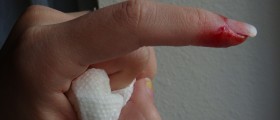
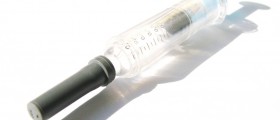

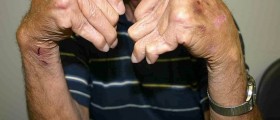
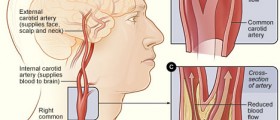

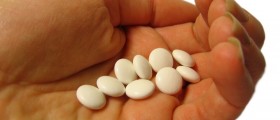

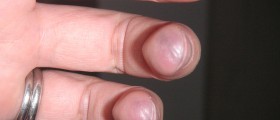
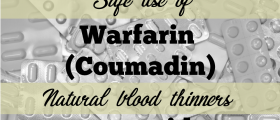
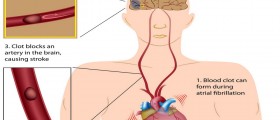
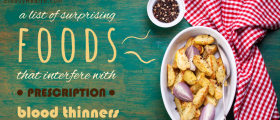
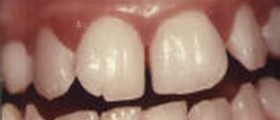


Your thoughts on this
Loading...